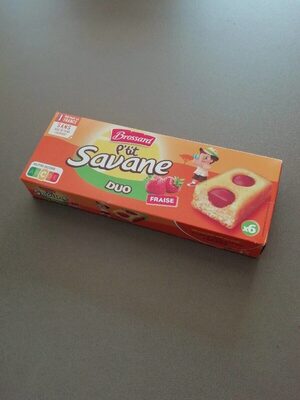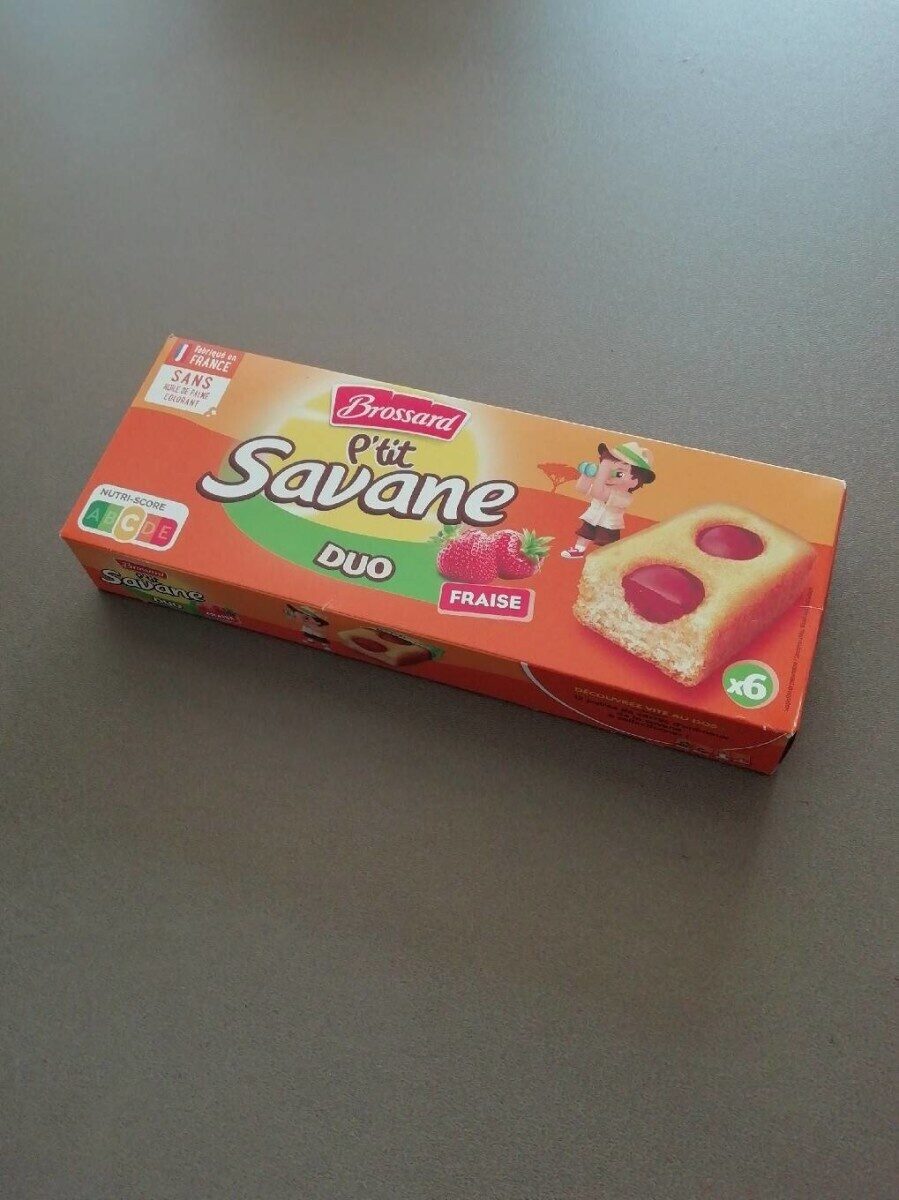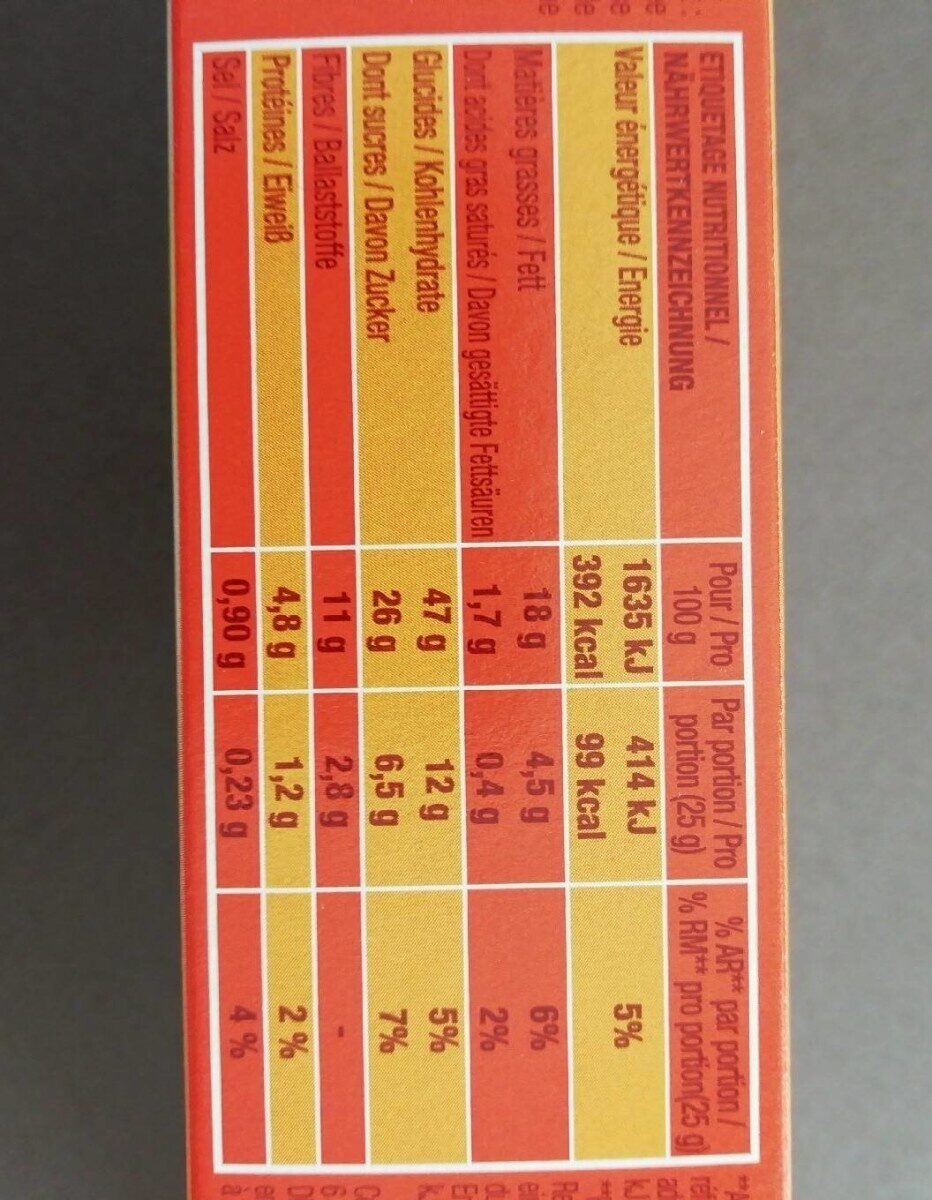P'tit Savane - Brossard - 150 g
This product page is not complete. You can help to complete it by editing it and adding more data from the photos we have, or by taking more photos using the app for Android or iPhone/iPad. Thank you!
×
Some of the data for this product has been provided directly by the manufacturer JACQUET BROSSARD DISTRIBUTION.
Barcode: 3660140945455 (EAN / EAN-13)
Common name: Gâteaux avec fourrage à la fraise et à la pomme, aromatisé fraise
Quantity: 150 g
Brands: Brossard
Categories: Snacks, Sweet snacks, Biscuits and cakes, Cakes, Biscuits et gâteaux, Gâteaux
Labels, certifications, awards: Made in France, No colorings, No palm oil, Nutriscore, Nutriscore Grade C
Manufacturing or processing places: France, Centre, Loiret, Pithiviers
Link to the product page on the official site of the producer: https://www.brossard.fr/produit/savane-j...
Stores: Intermarché, Système U, Monoprix, Auchan, Carrefour, Leclerc, Casino, carrefour.fr
Countries where sold: France
Matching with your preferences
Environment
Packaging
Transportation
Other information
Conservation conditions: A conserver dans un endroit sec et frais.
Customer service: service conseil consommateur, Biopole - Clermont Limagne 63360 - Saint Beauzire
Report a problem
Data sources
The manufacturer JACQUET BROSSARD DISTRIBUTION uses Equadis to automatically transmit data and photos for its products.
Product added on by kiliweb
Last edit of product page on by thaialagata.
Product page also edited by bobobeauvais, driveoff, ecoscore-impact-estimator, halal-app-chakib, jacquet-brossard, lauthu, manu1400, openfoodfacts-contributors, org-jacquet-brossard-distribution, roboto-app, yuka.I5NJNoKiOMEvJ8H_3qk90xukDfryCqB9IV0PoQ, yuka.Ur1LMNfaGMooE8DMit4S1zG9P87rPNhwSFcLoQ, yuka.ZTZRTUl2b0RwZHdscGZjOG9nL2E0bzF2bThDMVpGaVBEN1FOSWc9PQ, yuka.sY2b0xO6T85zoF3NwEKvlhZnaPTTkxP8PiTiuG-799mfH7fvXP1b5LD2bao, yuka.sY2b0xO6T85zoF3NwEKvlkofTfzH_TmaOSTgtlOV-tKJJLDkXutA49HBNqs, yuka.sY2b0xO6T85zoF3NwEKvlm9XaPeEqyrAZhvjs3a2nsmsIpnZUYlA_4GmCKs.










